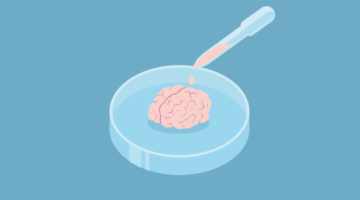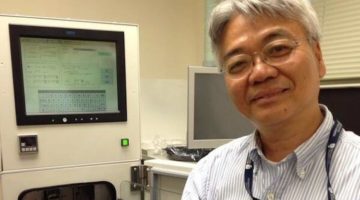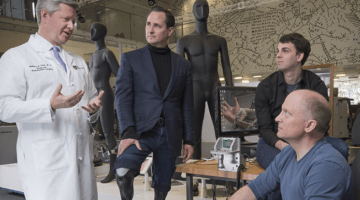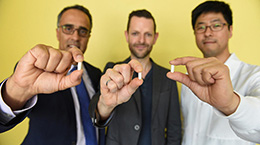
Two technologies—3D bioprinting and organs-on-chips—could one day solve difficult problems in medicine.
Yu Shrike Zhang, PhD, an associate bioengineer at Brigham and Women’s Hospital, has been at the leading edge of both technologies, which are being used to create artificial tissues and organs in the lab.
“Nearly any organ structure can now be bioprinted, with varying degrees of functionality,” says Zhang. “Eventually, the goal is to produce fully functioning organs, which could help relieve the shortage of organs needed by hundreds of thousands of people waiting for transplants.”
To output an organ one layer at a time, bioprinters use a bioink, a special jello-like material containing human cells. Two years ago, as a postdoctoral researcher, Zhang helped engineer a multi-material bioprinting system that can create tissue structures with much greater complexity and speed than ever before.
Zhang also uses 3D bioprinters to develop human tissues for organs-on-chips—tiny devices that mimic the biology and physiology of organs. “Organs-on-chips could be used to better predict the effects of drugs on the body, and, further in the future, to do personalized screenings for drug response,” he says.
A major drawback is that these devices require constant monitoring. This past year, Zhang led the creation of an automated organs-on-chips system that models the human liver and heart and the connections between them.
If these devices work as hoped, they could drastically reduce the time and money to bring a new drug to patients, which now takes an average of nearly 10 years and a billion dollars per drug.







